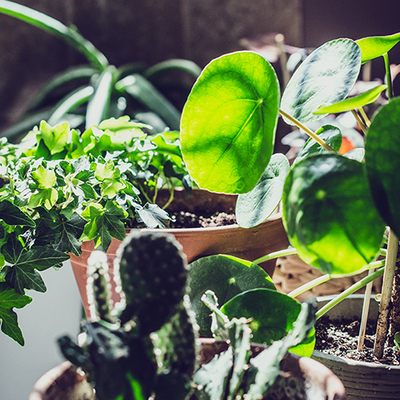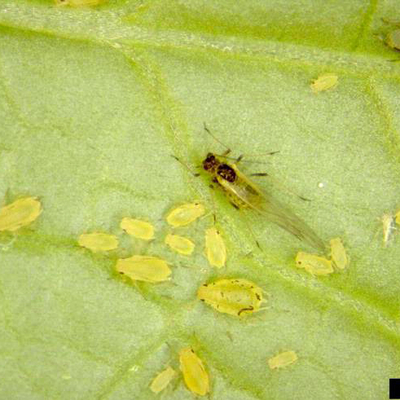As fall temperatures begin to cool, it is time to consider bringing in the houseplants you kept outside this summer.
Many houseplants thrive outdoors during Minnesota’s summers but do not perform well or may even die if exposed to chilly temperatures. Depending on the species, temperatures dipping below 45-50°F can cause damage.
Here are some things to consider before you bring your houseplants back indoors.
Inspect and treat your plants for pests
Aphids, mealybugs, white flies and other pests aren’t usually a problem when potted indoor plants are outside. But they can quickly turn into a major infestation during the winter if they are brought inside with the plants.
- Some experts recommend bathing or soaking plants in a bucket of water with mild dishwashing soap before bringing them inside.
- If your plants are too big for the bucket treatment, spray them with water to remove outdoor dust and soft-bodied insects from the leaves.
- Next, wash the top and undersides of the leaves with water and dishwashing soap, and then rinse with water.
- It is important that the soapy water also gets into the soil as it will help to kill any pests living there, too.
- Once inside, check them with each watering for any sign of infestation and, if spotted, treat with an insecticidal soap until the problem is resolved.
- Wash the outside of the pots to remove dirt and any unwanted pests that might be present.
Prune, separate or repot if needed
Some plants may have outgrown their pots and need something larger. Others may be too large for the indoor space and need to be pruned, separated, or even propagated to start a new plant.
Gradually reintroduce to the indoors
Just like hardening off your new seedlings, your houseplants may undergo shock if abruptly brought from outdoor conditions to indoors. This may result in yellow leaves, wilt, dieback or even death.
Take it slow, and let them get acclimated to the indoors again a little at a time.
Put plants in a sunny location
Most likely your plant was exposed to a lot of sun outdoors. To get it used to being back inside, temporarily put it in a very sunny window and gradually reduce its sun exposure before moving it to a less sunny location.
Make new plants for next year
Geraniums, coleus, begonias and impatiens can be propagated by using cuttings to generate a new crop for next summer.
- Cuttings should be approximately 4 inches long and be taken from vigorous, healthy plants.
- Remove the leaves from the bottom portions of cuttings.
- Lightweight growing mediums like vermiculite are best for developing new roots.
- Provide a consistent water supply. Use a porous clay pot, corked in the center, on a dish that you add water to.



